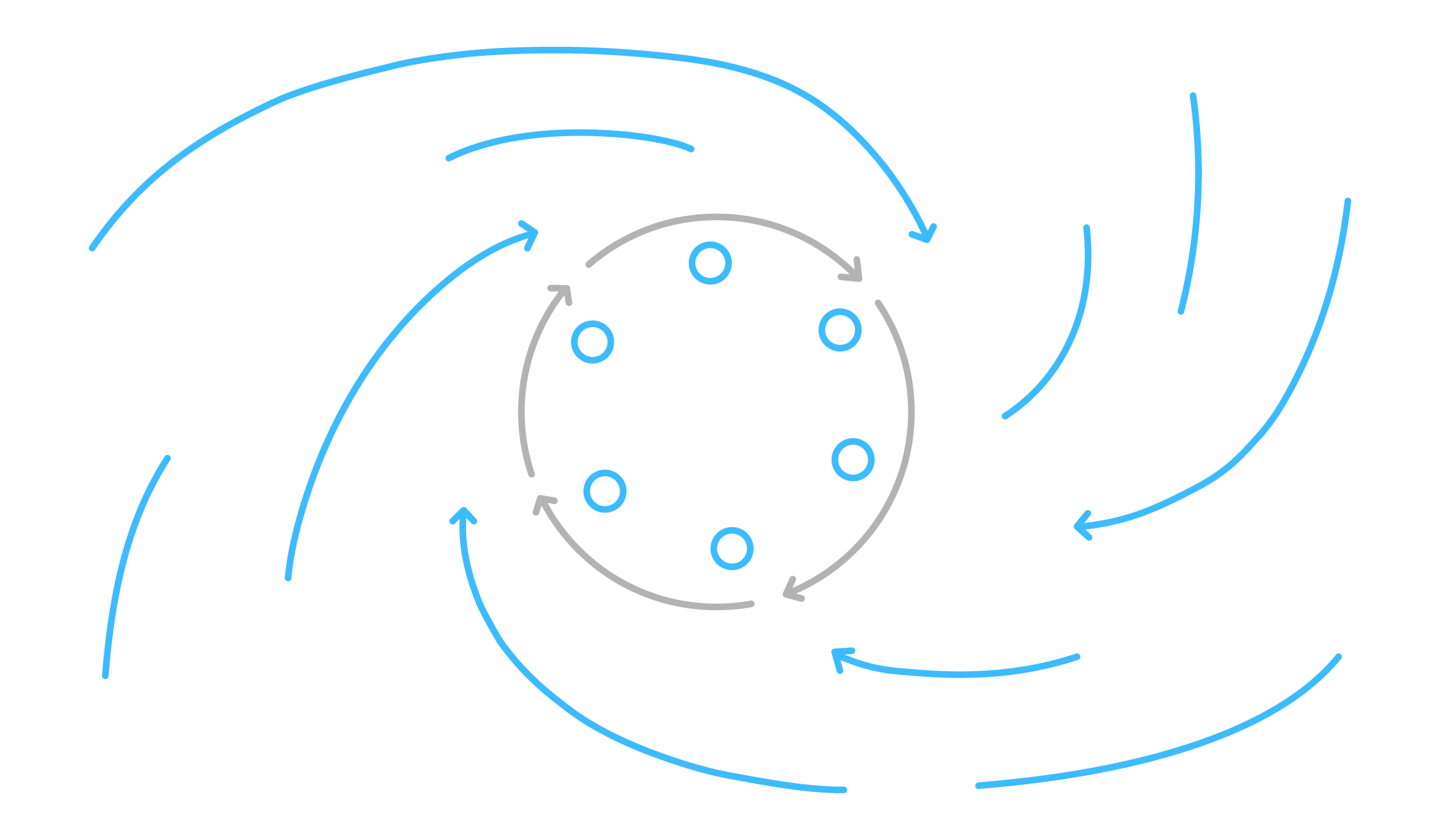Is it easier or more difficult to build high-performing teams in a value-driven context compared to traditional business set-ups? After receiving user feedback that our Team Kit approach works particularly well in NGOs, we began to consider this question.
The short answer to the question is no, there should be no difference. High-performing teams – in our experience and from our pretty reasonable understanding of the science – are fundamentally agnostic to industry or sector. The fundamentals of high-performing teams, which we’ve captured in our Team Kit canvas, are the same whether you run a squad in a software company, a production team in a manufacturing context, or a fundraising team in an NGO.
Is your team high-performing?
Fundamentals of the high-performing teams model stay the same but may play out in different ways
That being said, there are obvious contextual differences that lead to the fundamentals playing out in different ways. For example, there are situations where there are trade-offs between the size of a team required to do a certain job (because of capacity requirements) and the negative impact large team sizes have on performance. We would generally recommend splitting up a team into separate teams if the team size would go much beyond 10 people (for guidance on unit grouping, see our respective Organizational Structure Kit section). In contrast, Google’s in-house research on team performance apparently did not find a significant impact of team size on performance, acknowledging that this might be due to the specifics of their context.
Building high-performing teams by starting with purpose and goals
Returning to our user question, there is one factor in the non-profit space that may enhance their team building dynamics – a factor that addresses one particular and crucial element of developing and leading high-performing teams.
A key element of high-performing teams is a deliberate discussion of the team’s purpose and goals. It is difficult to achieve high performance in a work team if people do not have a shared sense of their purpose and lack an aligned understanding of their goals as a team. Depending on the extent to which it is possible to define up front, this also applies to the understanding of how shared goals translate to individual goals for each team member.
Obviously, there are private companies that are very good at inducing that sense of purpose. These companies often have a founding myth that is at the core of their mission, or a leader who is particularly good at keeping this purpose alive. The most common denominator, however, is a company culture that supports an ongoing conversation about values and purpose and ensures that this purpose is actually relevant and remains alive. However, there are still many incumbent businesses that find it hard to start and maintain such a dialogue. These companies (and their teams) too often get stuck with declarative mission and vision statements that do not mean much for everyday practice.
Because non-profit initiatives are often defined by their very purpose, they often find it easier to relate to the importance of purpose as part of a discussion about building high-performing teams. When it comes to defining a team’s purpose in relation to the organization’s purpose, they simply have more to say.
This is not to say that teams in non-profit sectors would not benefit from the exercise defining a team’s purpose as part of high-performing teams work, or that it is not necessary in their cases. It is necessary. A team’s purpose is never self-evident per se. What’s more, a purpose alone doesn’t do much to propel team performance. It is essential for a team to collectively back up their purpose with specific performance goals and the remaining elements that make for a high-performing team.



